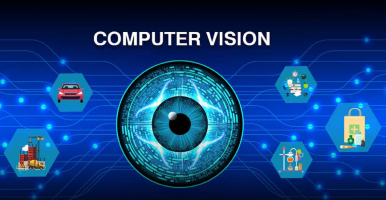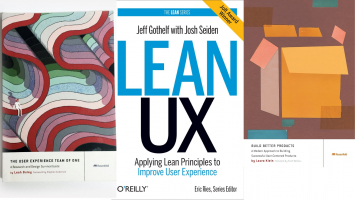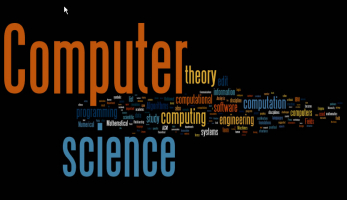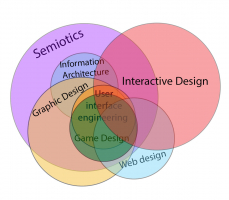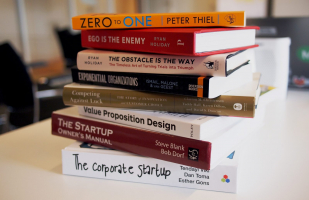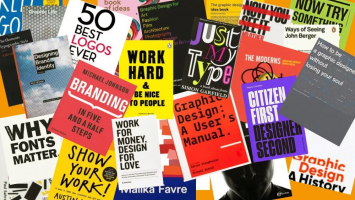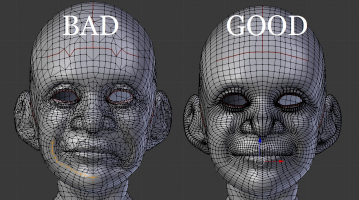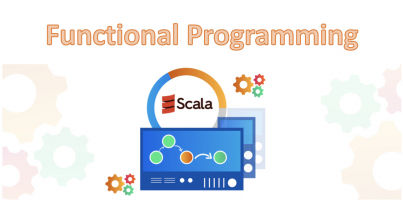Top 5 Best Books On Computer Hardware Design
The physical components of a computer, such as the case, central processing unit (CPU), random access memory (RAM), monitor, mouse, keyboard, computer data ... read more...storage, graphics card, sound card, speakers, and motherboard, are referred to as computer hardware. Reading a book is a good way to learn about computer hardware. We've compiled a list of the best computer hardware design books.
-
Perry Lea is a 30-year technology veteran. He worked for Hewlett-Packard for over 20 years as the LaserJet business's chief architect and distinguished technologist. He then led a team at Micron that focused on emerging compute, specifically in-memory processing for machine learning and computer vision. He shifted Cradlepoint's focus to 5G and the Internet of Things. He went on to co-found Rumble, a market leader in edge/IoT products. He is the Xbox business's principal architect, working on emerging technologies and hyperscale game streaming. He has 40 patents, 30 of which are pending.
Industries are embracing IoT technologies to reduce operational costs, increase product life, and improve people's well-being. If you want to navigate the spectrum of technologies required to build a successful IoT system, whether it's a single device or millions of IoT devices, you'll need an architectural guide.
IoT and Edge Computing for Architects The Second Edition covers the entire range of IoT solutions, from IoT sensors to the cloud. It investigates modern sensor systems, emphasizing their power and functionality. It also examines communication theory, with a focus on near-range PAN, such as the new Bluetooth® 5.0 specification and mesh networks. The book then delves into IP-based communication in LAN and WAN environments, including 802.11ah, 5G LTE cellular, Sigfox, and LoRaWAN. It also discusses edge computing, routing, and gateways, as well as their roles in fog computing, as well as the MQTT 5.0 and CoAP messaging protocols.
You'll gain an understanding of cloud and fog architectures, including the OpenFog standards, now that the data is in internet form. The book concludes the analytics section by applying statistical analysis, complex event processing, and deep learning models. The book then concludes with a comprehensive look at IoT security, cryptography, and shell security, as well as software-defined perimeters and blockchains. It is regarded as one of the best books on computer hardware design.
What you will discover:
- Understand your role and the scope of designing a successful IoT deployment.
- Examine the IoT technology landscape, from sensors to the cloud and beyond.
- Consider the trade-offs in protocol and communication choices in IoT deployments.
- Learn the terminology required to work in the IoT space.
- Expand your knowledge of the various engineering domains required for IoT architects.
- Implement best practices to ensure your IoT infrastructure's dependability, scalability, and security.
This book is intended for architects, system designers, technologists, and technology managers who want to understand the Internet of Things ecosphere, technologies, and trade-offs, as well as develop a 50,000-foot view of IoT architecture. Understanding the architectural side of IoT is required.
Author: Perry Lea
Link to buy: https://www.amazon.com/IoT-Edge-Computing-Architects-communication/dp/1839214805/
Ratings: 4.5 out of 5 stars (from 71 reviews)
Best Sellers Rank: #97,195 in Books
#1 in Computer Hardware Design
#3 in Internet & Networking Computer Hardware
#90 in Internet & Telecommunications
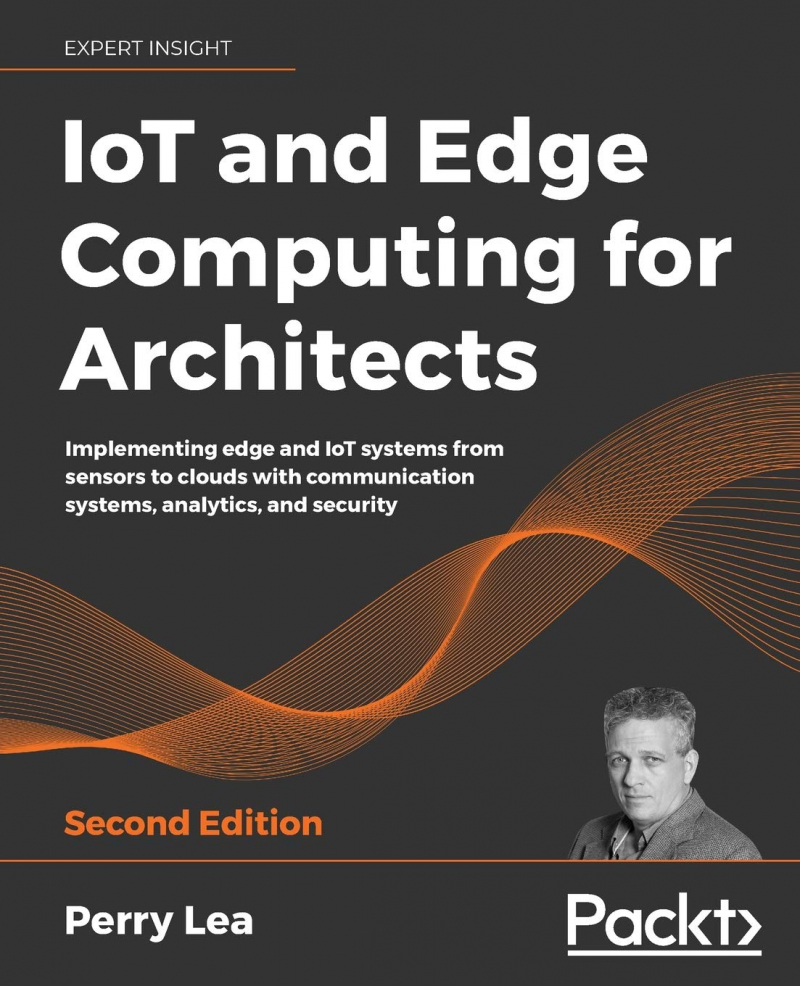
https://www.amazon.com/ 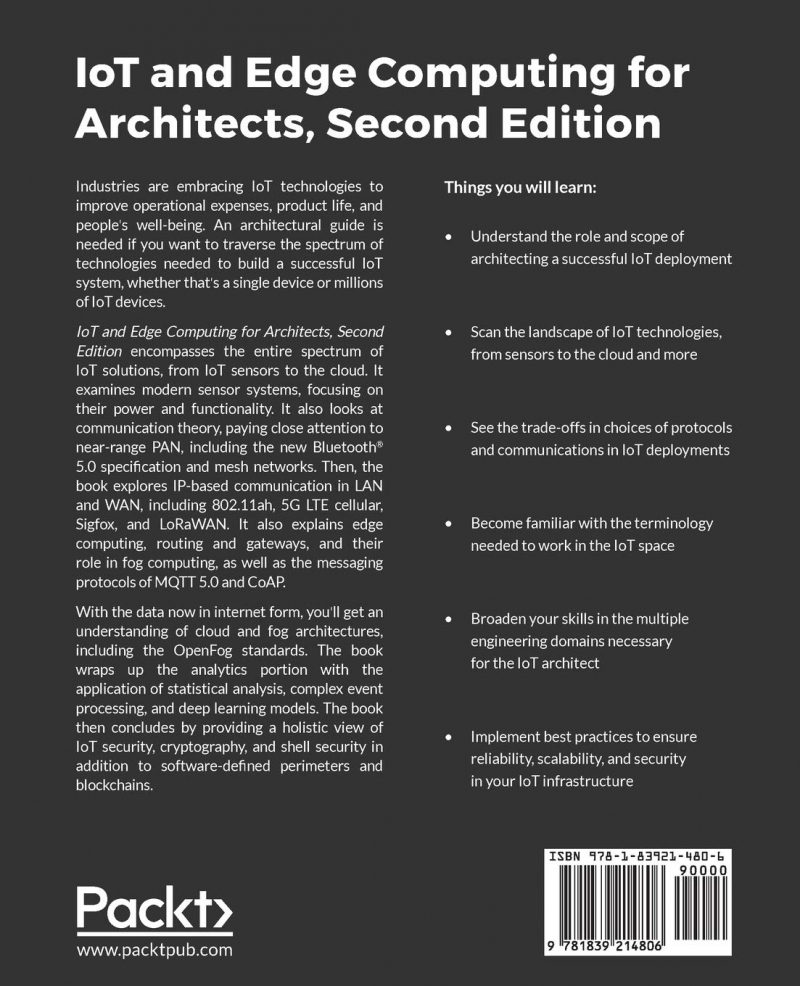
https://www.amazon.com/ -
Emeritus Pardee Chair of Computer Science at the University of California, Berkeley, David A. Patterson His teaching has been recognized by the University of California's Distinguished Teaching Award, the ACM's Karlstrom Award, and the IEEE's Mulligan Education Medal and Undergraduate Teaching Award. Patterson received the IEEE Technical Achievement Award, the ACM Eckert-Mauchly Award, and the IEEE Johnson Information Storage Award for his contributions to RISC.
John L. Hennessy is a Professor of Electrical Engineering and Computer Science at Stanford University, where he has been on the faculty since 1977 and served as the university's tenth President from 2000 to 2016. Prof. Hennessy is a member of the National Academy of Engineering, the National Academy of Science, the American Philosophical Society, and the American Academy of Arts and Sciences, as well as a Fellow of the IEEE and ACM.
The leading, award-winning Patterson and Hennessy textbook, Computer Organization and Design: The Hardware/Software Interface, Sixth Edition, is used by over 40,000 students per year and continues to provide the most comprehensive and readable introduction to this core computer science topic. The book is among the best books on computer hardware design. This new edition includes new sections on Domain Specific Architectures (DSA) in each chapter, as well as updates to all real-world examples to keep it fresh and relevant for a new generation of students.
- Parallelism is thoroughly covered, with examples and content highlighting parallel hardware and software topics.
- Each chapter now includes new sections on Domain Specific Architectures (DSA)
- Discusses and highlights computer architecture's "Eight Great Ideas," which include performance through parallelism, performance through pipelining, performance through prediction, design for Moore's Law, hierarchy of memories, abstraction to simplify design, make the common case fast, and dependability through redundancy.
Author: David A. Patterson and John L. Hennessy
Link to buy: https://www.amazon.com/Computer-Organization-Design-MIPS-Architecture/dp/0128201096/
Ratings: 4.3 out of 5 stars (from 62 reviews)
Best Sellers Rank: #115,186 in Books
#2 in Computer Hardware Design
#2 in Microprocessor Design
#17 in Computer Hardware Design & Architecture
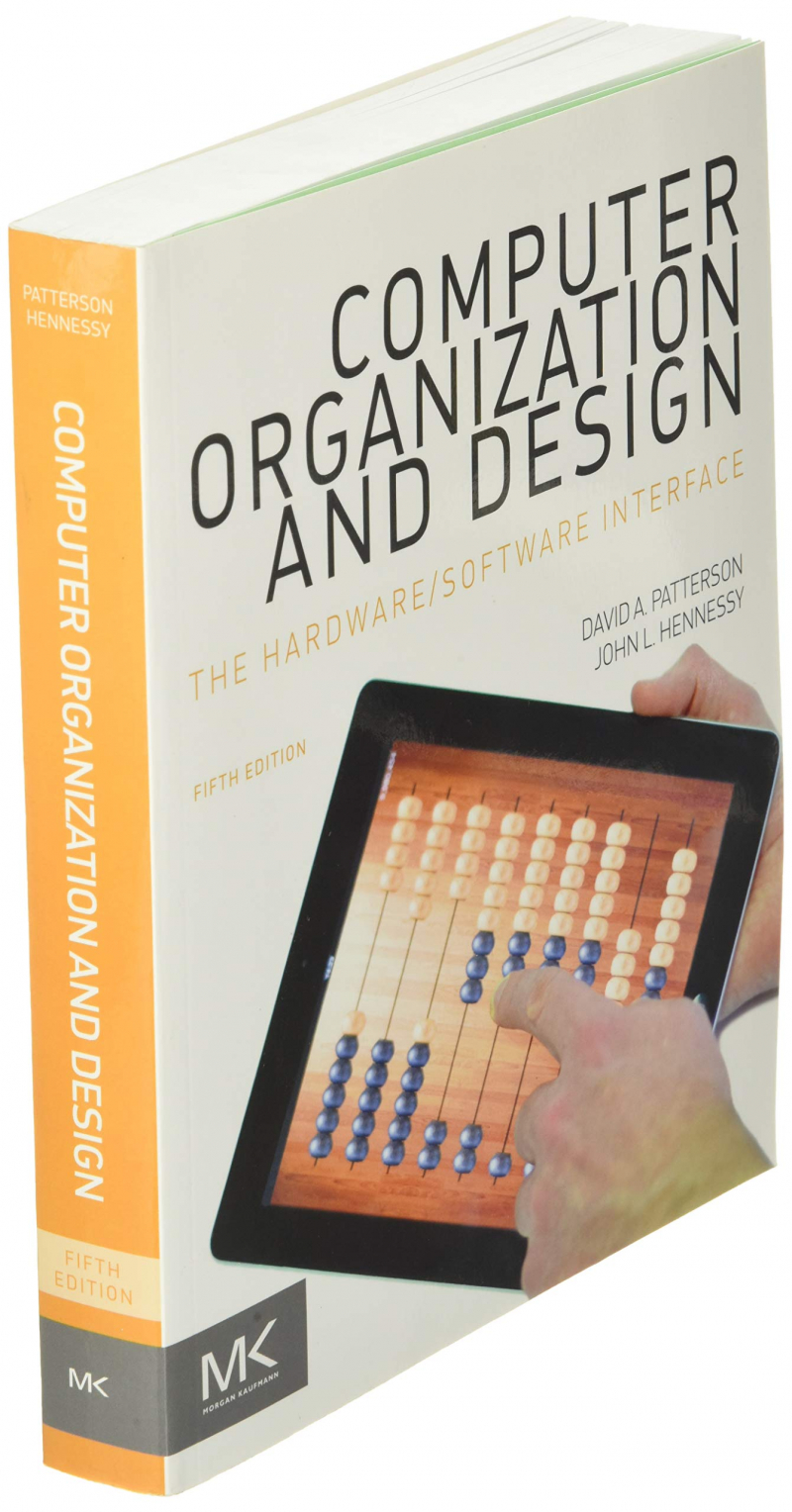
https://fado.vn/ 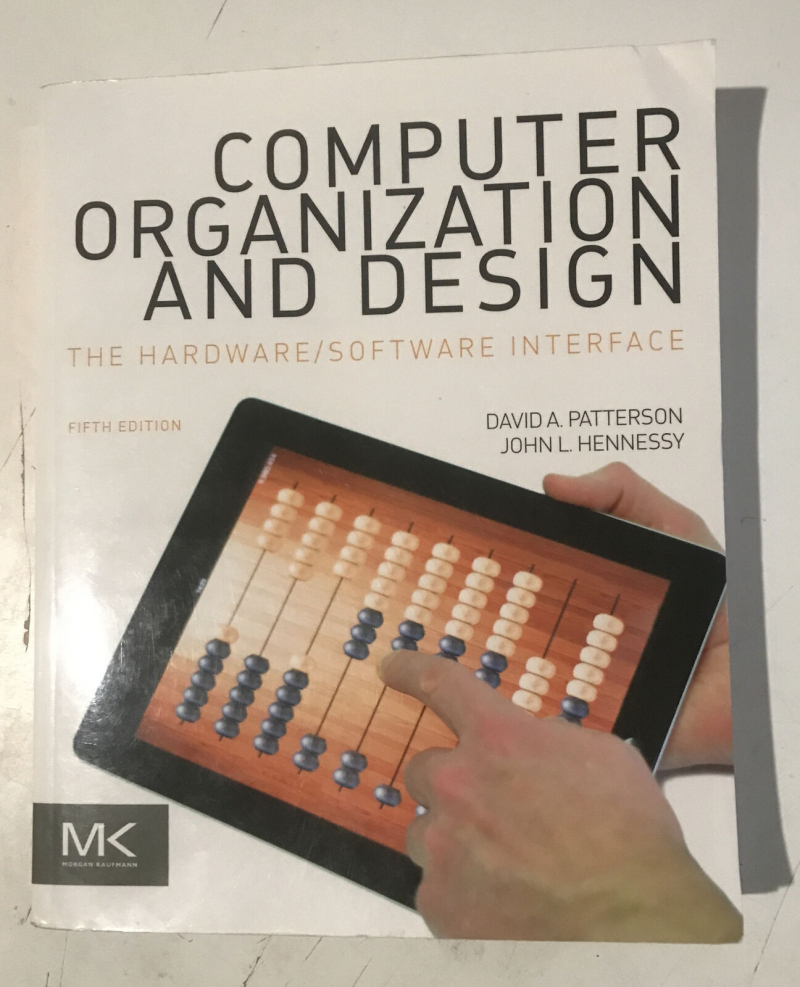
https://www.ebay.com/ -
Jim Ledin is the President and CEO of Ledin Engineering, Inc. Jim specializes in the design and testing of embedded software and hardware. He is also knowledgeable about system cybersecurity and penetration testing. He graduated from Iowa State University with a B.S. in aerospace engineering and the Georgia Institute of Technology with an M.S. in electrical and computer engineering. Jim is a California-licensed professional electrical engineer, a Certified Information System Security Professional (CISSP), a Certified Ethical Hacker (CEH), and a Certified Penetration Tester (CPT).
Are you a software developer, systems designer, or computer architecture student looking for a systematic introduction to digital device architectures but feeling overwhelmed by the complexity of modern systems? With the help of practical examples and exercises, this step-by-step guide will teach you how modern computer systems work. You'll learn about the internal behavior of processors down to the circuit level, as well as how the hardware executes code written in high-level languages.
Among the best books on computer hardware design, Modern Computer Architecture and Organization will teach you about computer systems fundamentals such as transistors, logic gates, sequential logic, and instruction pipelines. Modern processor architectures and instruction sets, such as x86, x64, ARM, and RISC-V, will be covered in detail. You will learn how to implement a RISC-V processor in a low-cost FPGA board, as well as write and run a quantum computing program on an actual quantum computer.
This edition has been updated to include coverage of the architecture and design principles that underpin the critical domains of cybersecurity, blockchain and bitcoin mining, and self-driving vehicles.
By the end of this book, you'll have a solid understanding of modern processors and computer architecture, as well as the likely future directions these technologies will take.
What you will learn:
- The fundamentals of transistor technology and digital circuits will be covered.
- Investigate the principles underlying pipelining and superscalar processing.
- Incorporate a full RISC-V processor into a low-cost FPGA.
- Learn about the technology that is used to implement virtual machines.
- Learn about secure computing applications such as financial transaction processing.
- Learn about blockchain and the hardware architectures used in Bitcoin mining.
- Investigate the capabilities of self-driving vehicle computing architectures.
- Create a quantum computing program that can be run on a real quantum computer.
This book is intended for software developers, computer engineering students, system designers, reverse engineers, and anyone interested in the architecture and design principles underlying modern computer systems, which range from tiny embedded devices to warehouse-sized cloud server farms. A basic understanding of computer processors is advantageous but not required.
Author: Jim Ledin
Link to buy: https://www.amazon.com/Modern-Computer-Architecture-Organization-architectures/dp/1803234512/
Ratings: 4.5 out of 5 stars (from 32 reviews)
Best Sellers Rank: #138,314 in Books
#3 in Computer Hardware Design
#3 in Microprocessor Design
#22 in Computer Hardware Design & Architecture
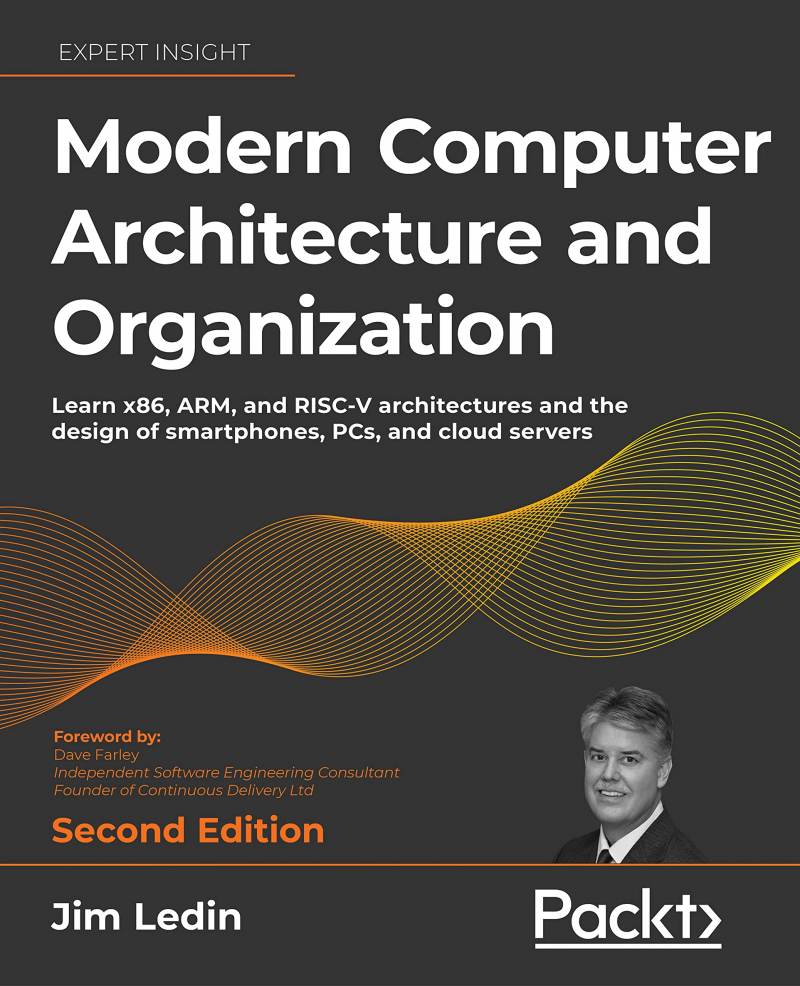
https://www.amazon.com/ 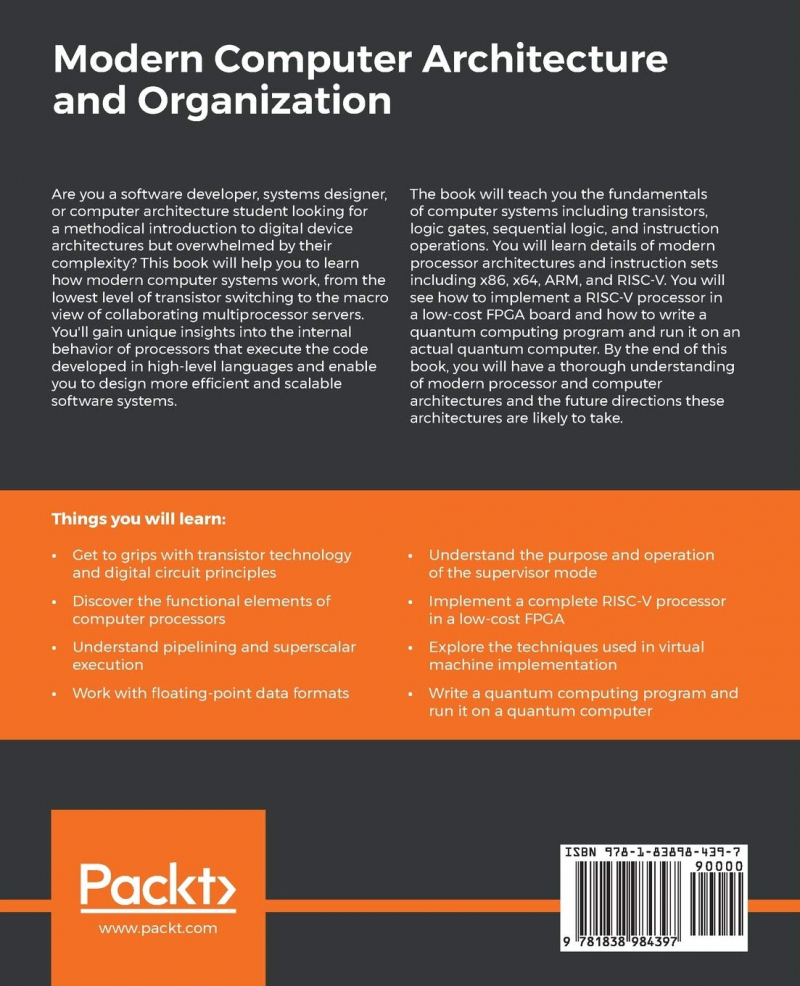
Amazon.ca -
For more than 20 years, instructors, students, and practitioners of computer design have considered Computer Architecture: A Quantitative Approach, Sixth Edition to be required reading. The sixth edition of this classic textbook from Hennessy and Patterson, winners of the 2017 ACM A.M. Turing Award for contributions of lasting and major technical importance to the computing field, has been completely revised to reflect the most recent advances in processor and system architecture. The text now includes examples from the RISC V (RISC Five) instruction set architecture, which is a modern RISC instruction set that was developed and designed to be a free and openly adoptable standard. It also includes a new chapter on domain-specific architectures and an updated chapter on warehouse-scale computing, which includes the first publicly available information on Google's newest WSC.
This edition, true to its original mission of demystifying computer architecture, continues the longstanding tradition of focusing on areas where the most exciting computing innovation occurs while always emphasizing good engineering design.
- Winner of a 2019 Textbook Excellence Award (Texty) from the Textbook and Academic Authors Association. Includes a new chapter on domain-specific architectures, which explains why they are the only way forward for improved performance and energy efficiency given the end of Moore's Law and Dennard scaling.
- Contains the first publication of several DSAs from the industry. Contains extensive updates to the warehouse-scale computing chapter, including the first public information on the newest Google WSC.
- Other chapters have been updated, with new material dealing with the use of stacked DRAM, data on the performance of the new NVIDIA Pascal GPU vs. the new AVX 512 Intel Skylake CPU, and extensive additions to content covering multicore architecture and organization.
- Included near the end of each chapter are "Putting It All Together" sections that provide real-world technology examples that demonstrate the principles covered in each chapter.
- Review appendices are included in the printed text, and additional reference appendices are available online.
- Case studies and exercises have been updated and improved.
- The 2017 ACM A.M. Turing Award was given to John L. Hennessy and David A. Patterson for pioneering a systematic, quantitative approach to the design and evaluation of computer architectures, which has had a lasting impact on the microprocessor industry.
Author: John L. Hennessy and David Patterson
Link to buy: https://www.amazon.com/Computer-Architecture-Quantitative-Approach-Kaufmann/dp/0128119055/
Ratings: 4.5 out of 5 stars (from 165 reviews)
Best Sellers Rank: #166,914 in Books
#6 in Computer Hardware Design
#29 in Computer Hardware Design & Architecture
#284 in Computer Science (Books)
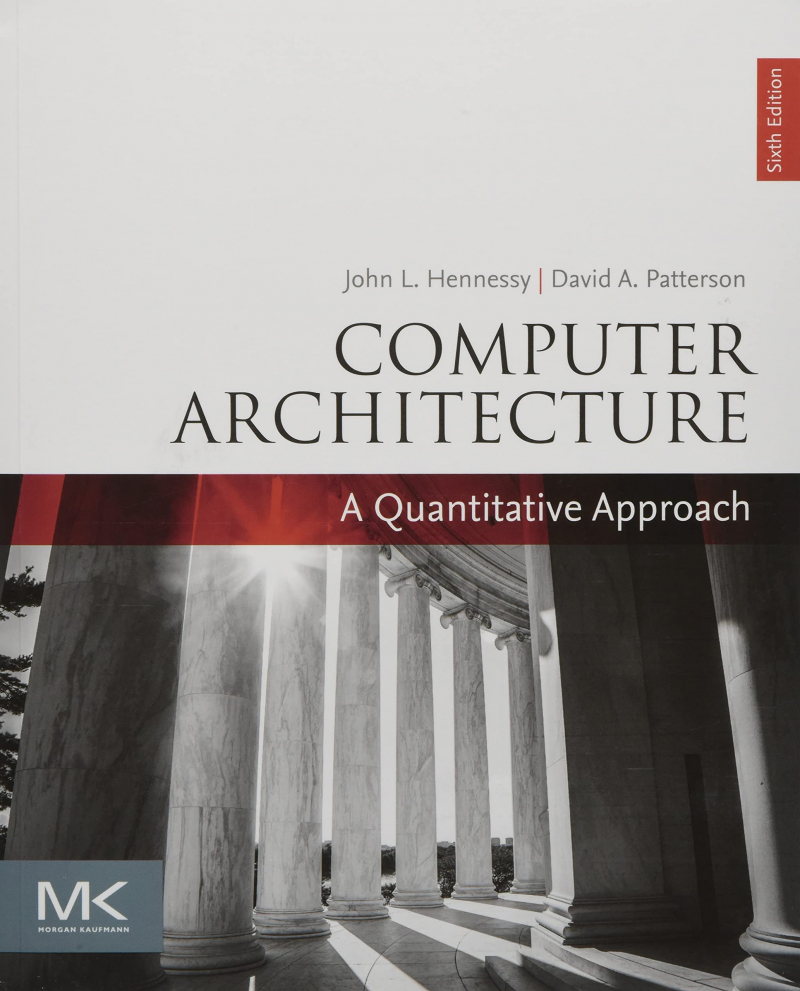
https://www.amazon.com/ 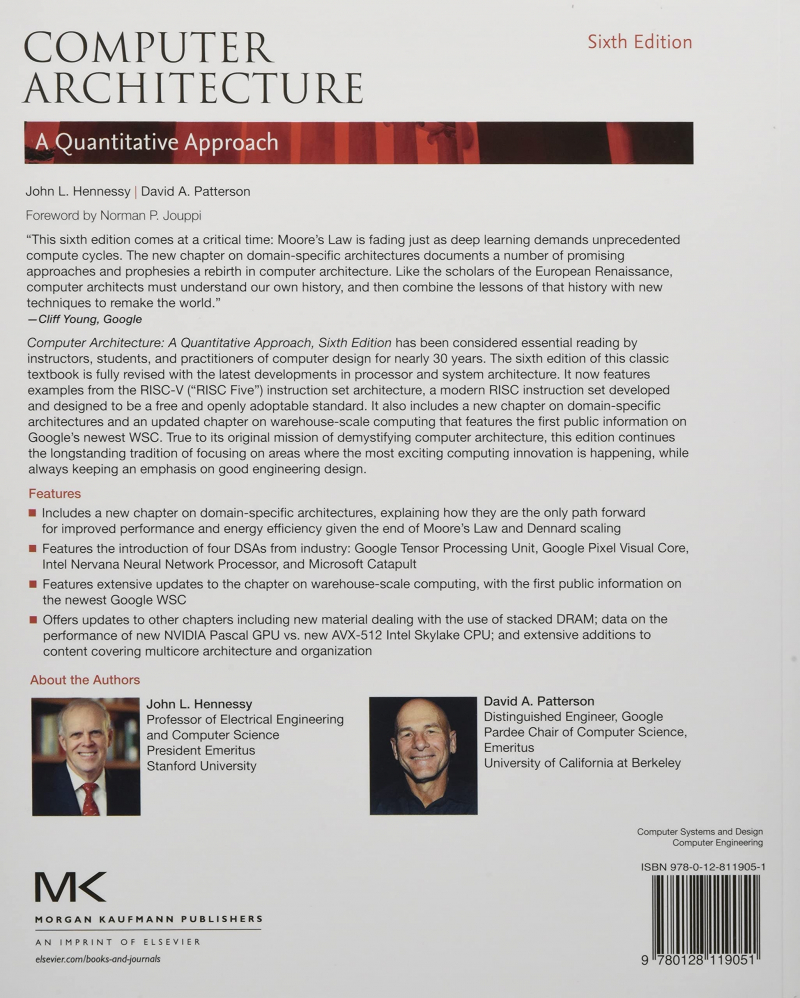
https://www.amazon.com/ -
A subset of the ARMv8 A architecture is used to present the fundamentals of hardware technologies, assembly language, computer arithmetic, pipelining, memory hierarchies, and I/O in the new ARM Edition of Computer Organization and Design.
With the post-PC era now upon us, Computer Organization and Design continues to investigate this generational shift through examples, exercises, and material highlighting the emergence of mobile computing and the Cloud. The content has been updated to include tablet computers, Cloud infrastructure, and the ARM (mobile computing devices) and x86 (cloud computing) architectures. The book is among the best books on computer hardware design.
An online companion Web site links to a free version of the DS 5 Community Edition (a free professional quality tool chain developed by ARM), as well as additional advanced content for further study, appendices, glossary, references, and suggested reading.
- Parallelism is thoroughly covered, with examples and content highlighting parallel hardware and software topics.
- Throughout the book, real-world examples include the Intel Core i7, ARM Cortex A53, and NVIDIA Fermi GPU.
- "Going Faster" is a new concrete example that shows how understanding hardware can inspire software optimizations that improve performance by 200X.
- Discusses and emphasizes computer architecture's "Eight Great Ideas": Performance through Parallelism; Performance through Pipelining; Performance through Prediction; Moore's Law Design; Memory Hierarchy; Abstraction to Simplify Design; Make the Common Case Fast; and Dependability through Redundancy
- Includes an updated set of exercises.
Author: David A. Patterson and John L. Hennessy
Link to buy: https://www.amazon.com/gp/aw/d/0128017333/
Ratings: 4.1 out of 5 stars (from 92 reviews)
Best Sellers Rank: #931,478 in Books
#38 in Computer Hardware Design
#46 in Microprocessor Design
#202 in Computer Hardware Design & Architecture
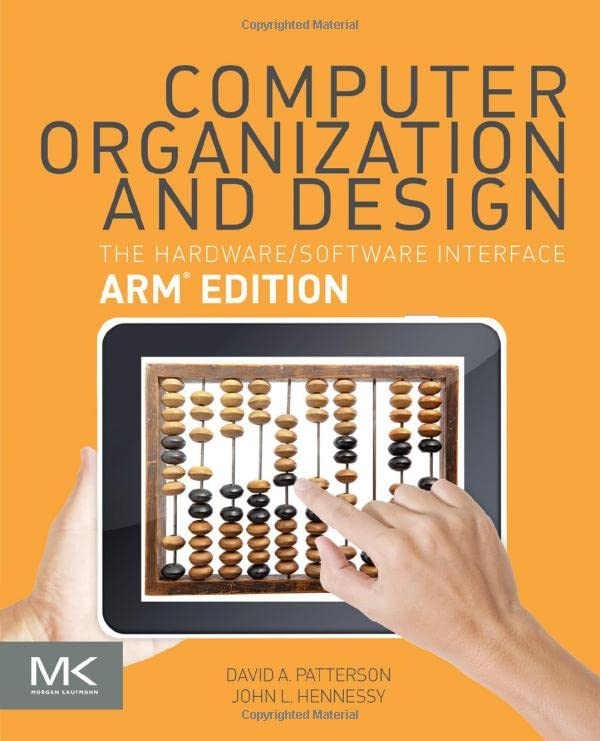
https://www.amazon.com/ 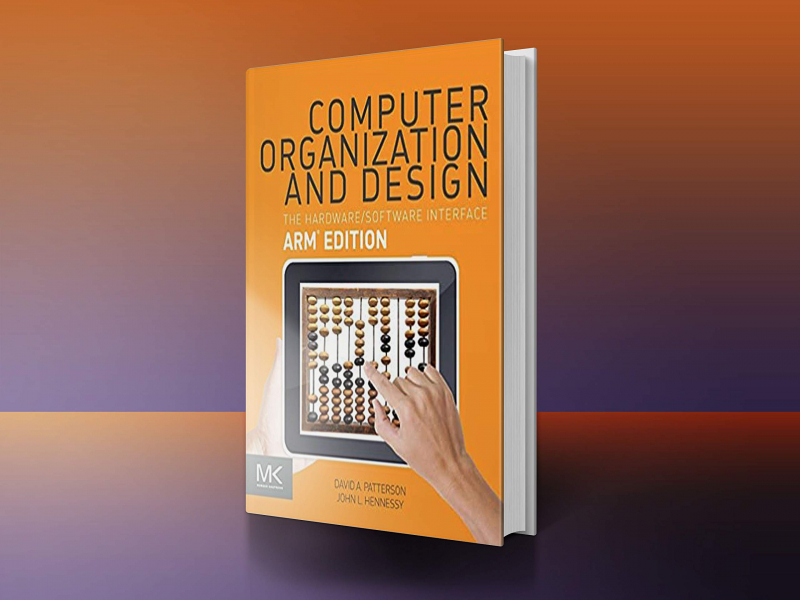
https://www.goodreads.com/








